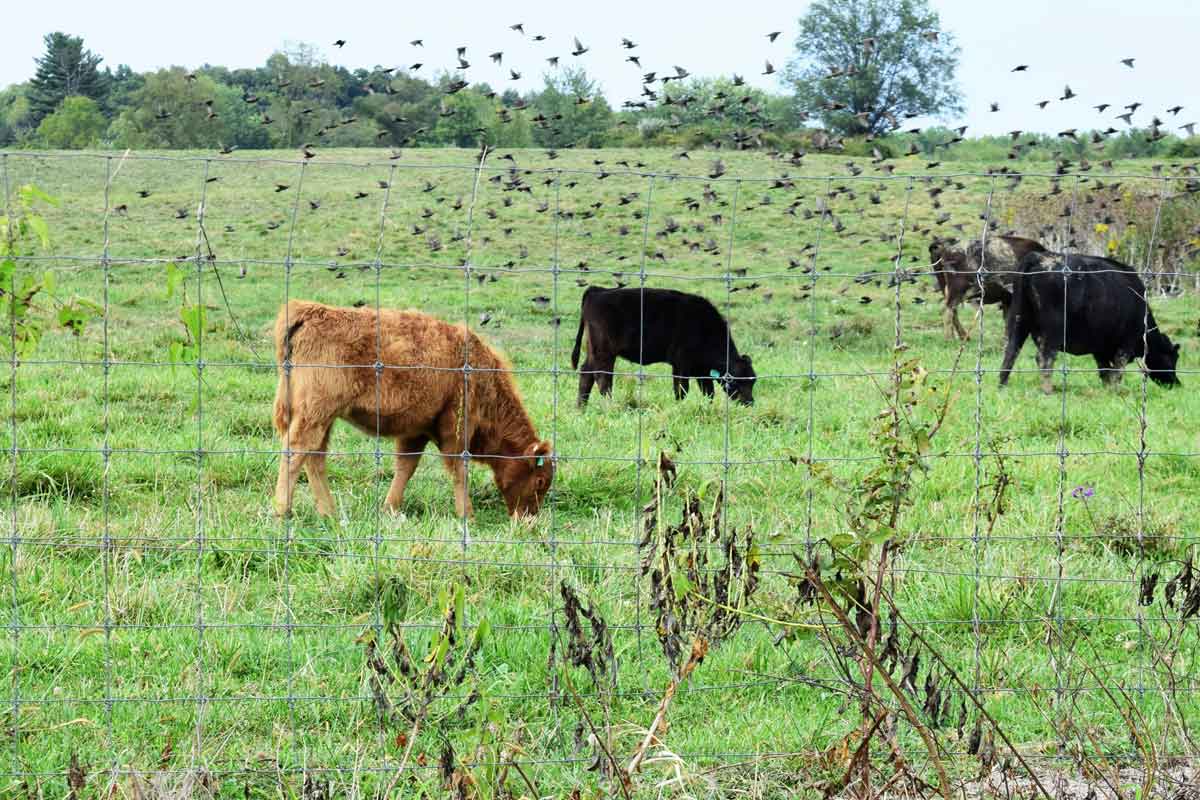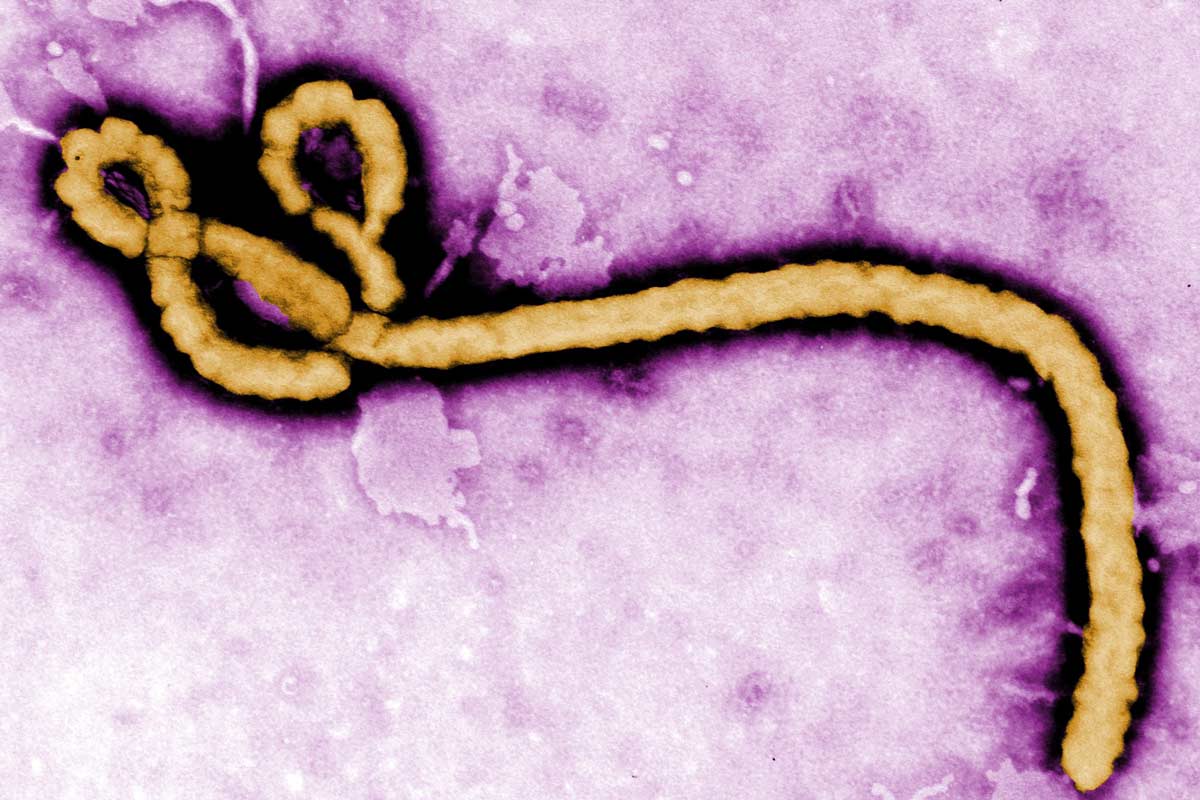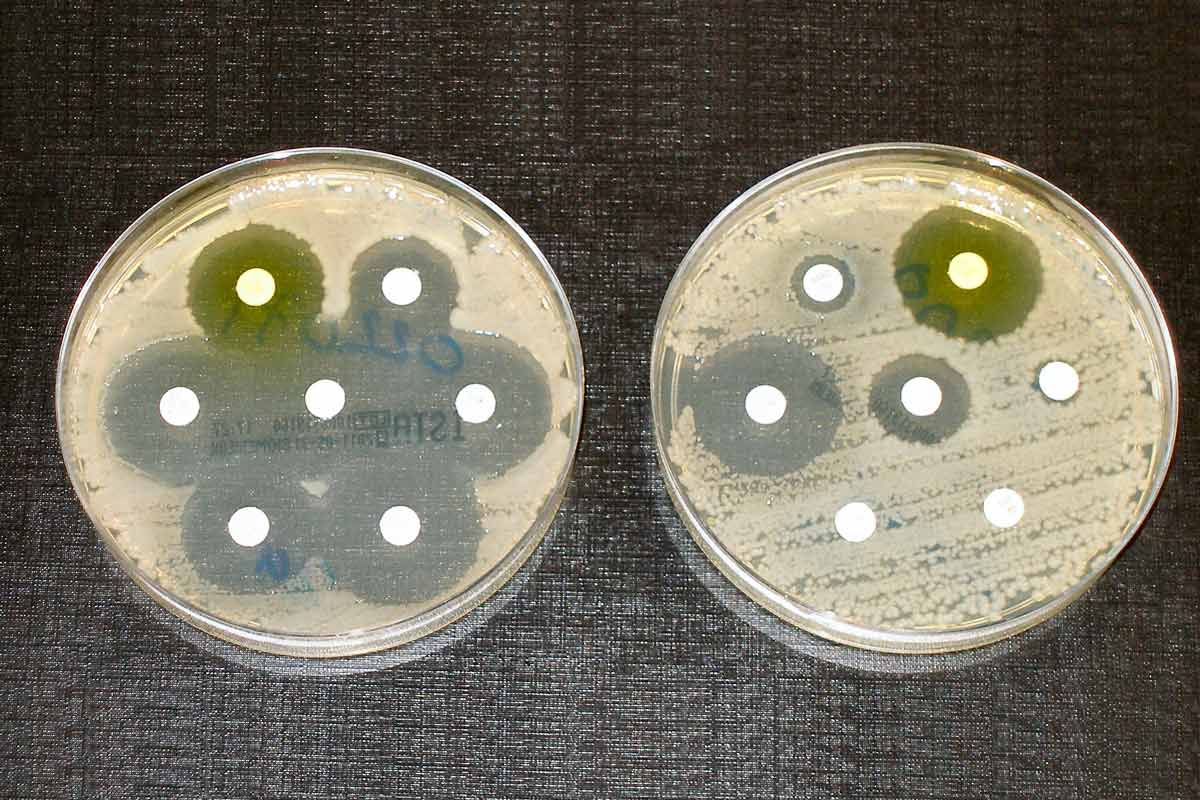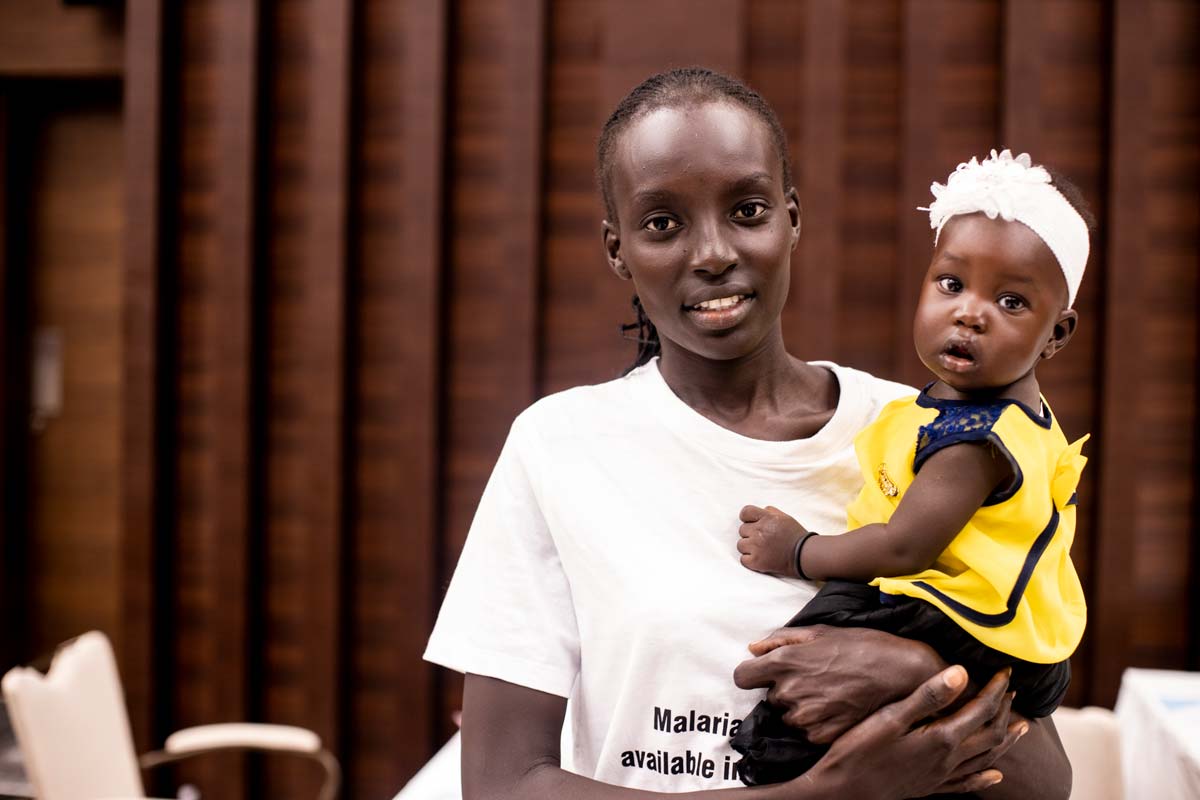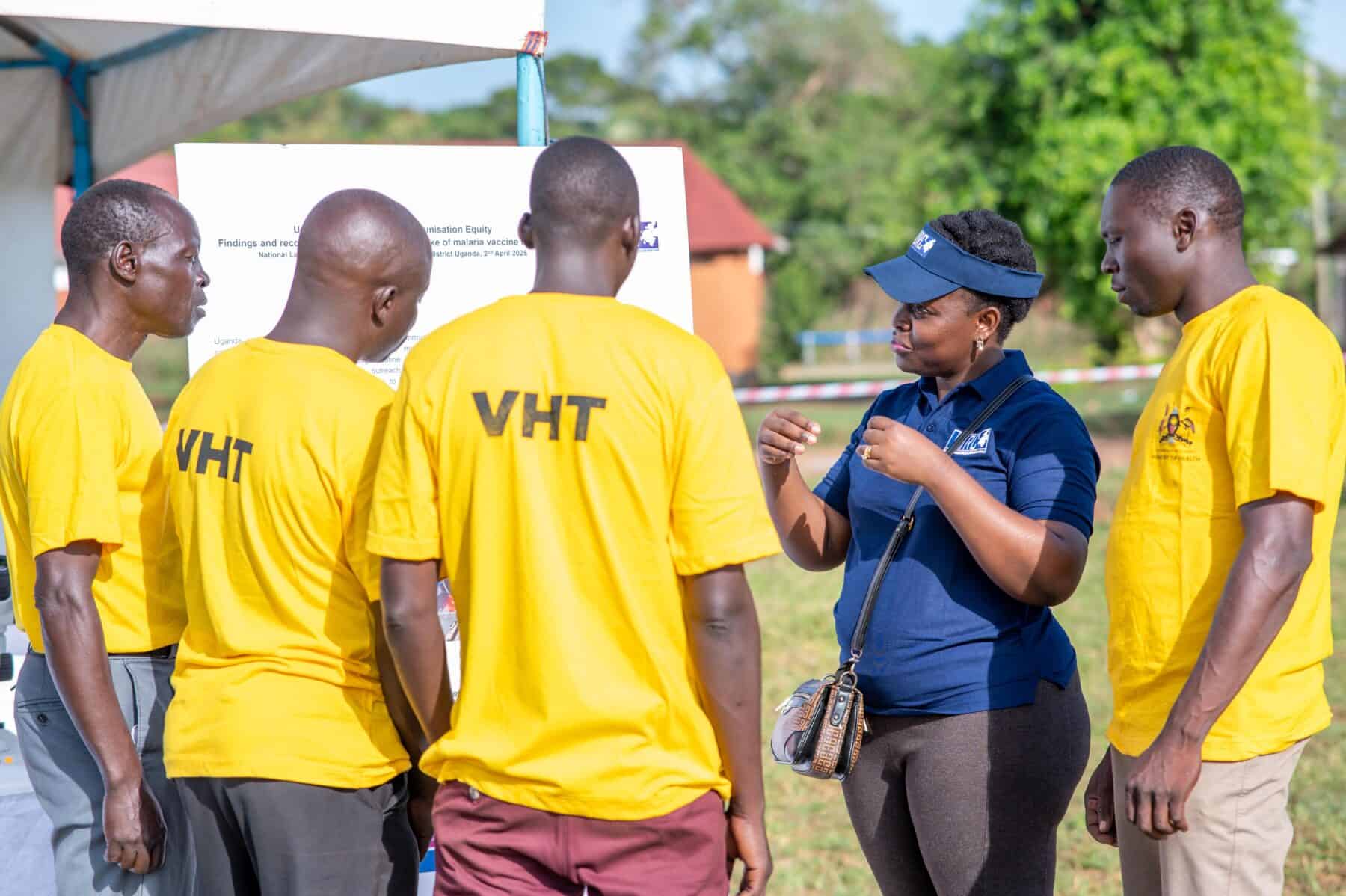How HPV vaccines and new screening methods could help eliminate cervical cancer
Ridding the world of an entire category of cancer is possible. But it will require ongoing cervical screening, as well as HPV vaccines.
- 8 October 2024
- 5 min read
- by Linda Geddes
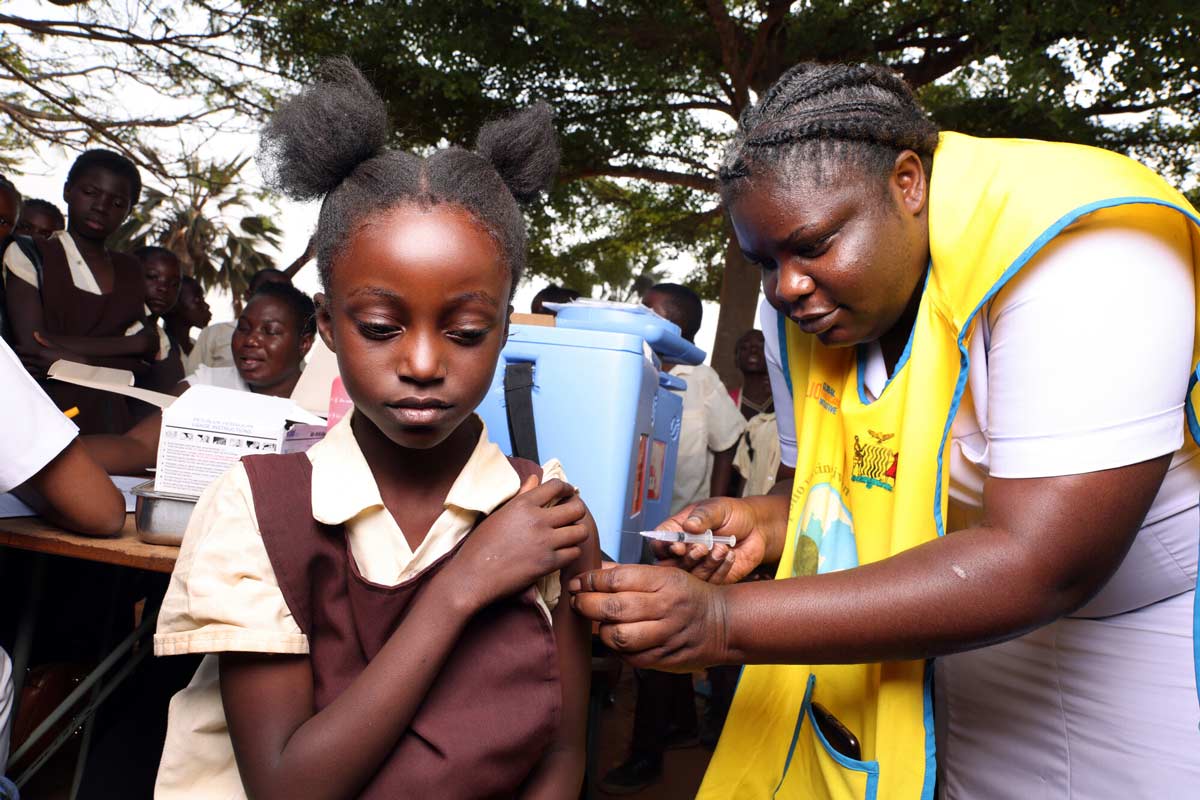
The roll-out of HPV vaccines is a milestone in the global fight against cancer. Since the vaccines are safe and highly effective at preventing infection with the riskiest forms of human papillomavirus (HPV), countries with high vaccination coverage have already seen infection rates plummet among young women. Dramatic reductions in cases of cervical cancer are expected to follow as these women grow older.
This won’t spell the end for cervical screening programmes, which are still needed to prevent cancers in women who haven’t been vaccinated, and to further reduce risk in those who have. Yet, the nature of cervical cancer screening is changing, with fewer, and more convenient, tests likely to become the norm in the coming years.
Protective strategy
Current HPV vaccines target high-risk forms of the virus – including the HPV-16 and HPV-18 strains, which cause 70% of cervical cancers. Newer vaccines are being introduced that protect against further strains, but even these will not protect against every cancer-associated type of HPV, so cervical cancer screening continues to be recommended for young women who have been vaccinated.
Screening is even more important for women who have not had the opportunity to be protected from HPV through vaccination, and still face the risk of developing cervical cancer during their most productive years. Here, “screening and treatment of precancerous lesions can prevent them from developing a debilitating, painful and often fatal cancer,” says Emily Kobayashi, Head of the HPV Vaccines Programme at Gavi, the Vaccine Alliance.
Modern screening
However, the nature of cervical cancer screening is changing thanks to recent innovations that have made it far easier and cost effective to deliver this life-saving intervention.
Whereas historically, screening either involved sending a sample of cells to a laboratory to be visually inspected for abnormalities, or direct examination of the cervix following the application of acetic acid or iodine solution, countries are increasingly using HPV tests – which look for pieces of DNA from high-risk HPV types in cervical cells – as a primary screening method to identify women who are at greatest risk of developing cancer. Those who test positive may then undergo further confirmatory tests using more traditional methods, but DNA-based screening tests for HPV have proven to be more effective in preventing cervical cancer and are more cost-efficient than older methods. They are also suitable for all settings, areas and countries.
Also, because HPV tests have a lower false negative rate – meaning they are less likely to falsely reassure women that they are not at high risk – than older methods, women may need to be screened less often. If HPV testing doesn’t identify high-risk HPV, then someone’s chances of developing cervical cancer within five years are very small.
International guidance
Although guidance on the timing and frequency of cervical screening varies by country, the World Health Organization (WHO) currently recommends HPV-DNA detection as the primary screening method – starting at the age of 30 years, with regular testing every five to ten years for the general population, or starting at age 25 years, with regular screening every three to five years for women living with HIV.
Some scientists have argued that the frequency of screening for women who have been vaccinated against HPV may be further lowered, to perhaps two or three times per lifetime. However, most girls in the world are not yet receiving the HPV vaccine, and because screening begins 15–20 years after the HPV vaccine, it may be decades before the majority of females of screening age have received the HPV vaccine. The WHO Global Strategy to Eliminate Cervical Cancer recommends a minimum of two lifetime screens with a high-performance HPV test, the first by age 35 and the second by age 45 years.
Scientific modelling has suggested that such screening, when combined with follow-up treatment if precancerous changes are detected, could lead to a 97% reduction in the incidence of cervical cancer in low- and middle-income countries over the next century, compared to an 89% reduction with vaccination alone.
Future innovations
There may be further changes to cervical cancer screening, including self-sample collection, which women can do for themselves in private rather than having to attend a clinic – or even testing self-collected samples of menstrual blood or urine for the presence of high-risk HPV. Doing so could help to overcome some of the cultural and logistical barriers to widespread screening, further reducing rates of cervical cancer.
Have you read?
On the treatment side, there are now lightweight thermal ablation devices that use a heated probe to destroy pre-cancerous cells and tissue on the surface of the cervix. Thermal ablation is increasingly being adopted in low and middle-income countries, because it doesn’t require the transport and maintenance of tanks of compressed carbon dioxide or nitrous oxide gas used in cryotherapy – an older treatment which involves freezing precancerous cells and tissues off – and can be completed in 5 minutes instead of 15 minutes.
“When we speak to cancer advocates, and particularly survivors of cervical cancer, they are delighted to support the roll-out of the vaccine to protect the future generations,” says Kobayashi. “But they also urge us not to leave behind adult women. Therefore, we encourage countries that are communicating about the importance of HPV vaccination for girls aged 9 to 14, to also highlight the role of screening for adult women.
“This is also why we are working with Unitaid to jointly support a project to generate learning on how integrated social mobilisation for HPV vaccination and screening can increase uptake for both.”
